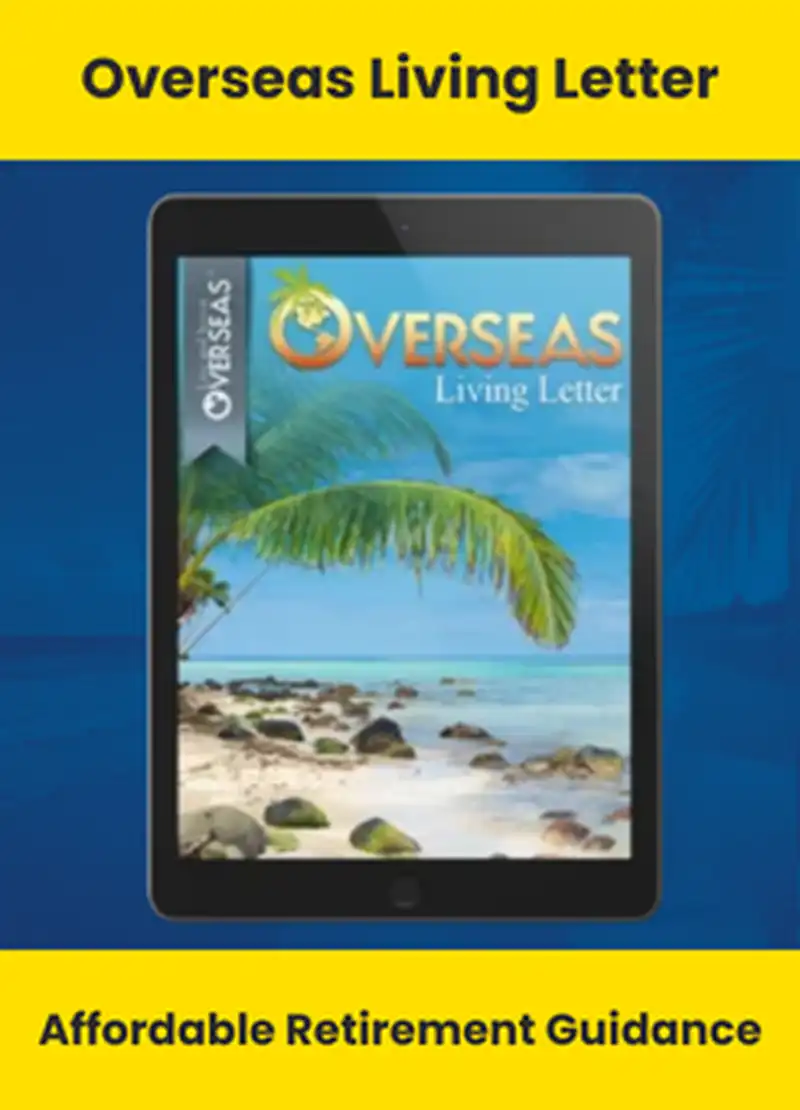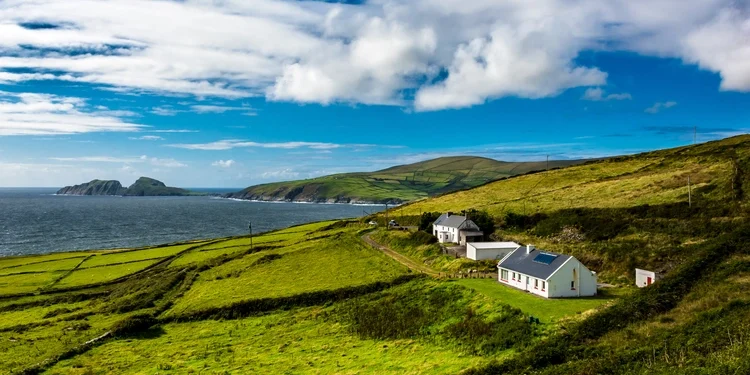Years ago, my mother knew a lady named Janet who bought a small piece of land on the southwestern coast of Ireland, in Kerry.
On this land, Janet built two houses, one for her personal use and one to rent out.
Each summer, Janet took a trip to Kerry to check on her rental property and to meet with her rental manager. During the visit, she stayed in one of the two houses she’d built, her second home in Ireland.
The income from renting out the second of the two houses covered the carrying costs and then some for both properties, with money left over to subsidize Janet’s annual holidays on the Emerald Isle.
Then, every April 15, Janet was able to take those travel costs as deductions on her U.S. tax return.
Not bad, right?
Not uncommon, either.
How To Buy Property Overseas For Investment
If you’re considering joining Janet and the multitude of others who’ve invested in second homes in their chosen Shangri-las overseas, here are six important factors to consider before making a purchase:
#1: Economic Outlook
Markets move up and down… and then up again. At what point in this cycle is the market where you’re thinking about buying? In which direction is it moving and why?
If the market is moving up quickly because of foreign buyers (think the Spanish costas up until 2008), can you expect that foreign interest to continue? If not, who else might your eventual buyer be?
#2: Inventory Supply And Demand
In expanding markets, supply takes time to catch up with demand, creating peaks and valleys in pricing, even if the overall trend is up.
In Panama City, for example, a glut of high-rise condos has come online over the past few years. These units had been sold pre-construction over the previous few years. When they were delivered, the increased inventory translated into a softer property market in the Panamanian capital, a cyclical dip that created a buying opportunity… that continues right now in certain locations.
#3: The Path Of Progress
Easier and better access opens up locations to broader markets. Therefore, one way to choose a market for investment is to identify a place where some important infrastructure improvement is planned.
A new airport, new train station, new highway, new hospital, etc., can mean a new universe of potential buyers. And a newly paved road, for example, that cuts travel time in half, can make a location more accessible and therefore more valuable.
All these things can translate into both value spikes and expanding rental markets.
#4: Opportunity For Diversification
A real estate purchase in another country can bring you diversification in terms of market, type of investment, type of property, and currency.
A rental apartment in the Algarve gives you an asset in Portugal that could generate cash flow in euros. You, of course, are reading this newsletter because you’re primarily interested in moving to or investing in Europe… but having multiple income-earning properties in Europe won’t diversify you as much as you could be. For example, an agricultural investment in Brazil means another asset type, another economy, another currency, etc.
The important thing to understand on the topic of diversification is that owning different kinds of properties in different cities and states across the United States isn’t diversification. It’s being invested in the United States. The same goes with investing in Europe—even if you invest in different countries, you’re still only diversified into a single currency.
On the other hand, just as in the States, each country is subject to different economic factors—probably even more so than states would differ. For example, a vacation rental in Spain versus a vacation rental in Croatia would have different markets of renters. Spain brings in Northern Europe, specifically Germans and Brits. Croatia gets a lot of traffic from Central Europe.
Moving all your real estate investment capital out of the United States and placing it in any other single market isn’t diversification.
Many investors we speak with recognize that holding property investments in two or three different U.S. cities means they are still fully exposed and vulnerable to the U.S. market and U.S. dollar risks. Many, though, don’t see that selling off all U.S. assets and reinvesting the capital in property in a single other country, even if, again, in different kinds of properties in different cities or locations throughout that single other country, is a similarly vulnerable position.
The point of diversification is to make sure you are not at the mercy of any single market, economy, political landscape, government, or currency. A global property diversification strategy could or could not include investments in the United States, but it must include investments in at least two (and preferably at least three) countries, ideally each with its own currency.
Note that not all foreign property markets bring currency diversification, because some Latin American countries use the U.S. dollar (Panama and Ecuador); some have their currencies pegged to the U.S. dollar (Belize); and, in some countries, though they have their own currency, real estate is traded in U.S. dollars (Nicaragua), meaning that your currency hedge isn’t as clean as it could be.
One more thing about investing in real estate overseas for currency diversification: Don’t try to time it. You can’t, not in the long-term and not in the short-term either, which is why we recommend, when shopping for a property purchase overseas, that you pay less attention to currency movements and more attention to property values. It’s impossible to know which way any currency is going to move day-to-day. Meantime, while you’re trying to time the currency, the property market is moving, too.
#5: Costs Of Acquisition And Disposal
Remember that these, which we refer to as the “round-trip costs” of making a property investment, go beyond agent commissions and vary dramatically country to country.
This is an important thing to research and understand in full, no matter why you’re making a purchase; however, the investor-buyer who underestimates or under-plans for the costs of acquisition and of eventually reselling can undermine his investment before he makes it.
Depending on the market, the costs of purchasing a piece of real estate in another country can include, in addition to agent commissions (which are usually paid by the seller): legal fees, notary fees, registration fees, title insurance, and transfer taxes (sometimes called “stamp duty”).
Again, though, remember, we’re talking not only about the costs of acquisition, but the round-trip costs of a purchase. Exiting comes at a cost, too. When buying, you may or may not have an agent commission to pay; when selling, you will have this cost for sure. You’ll also likely have additional attorney fees.
The more significant cost associated with exiting a foreign property investment can be the tax hit. We discuss strategies for how to figure and how to minimize this at this year’s International Property Summit taking place June 12 to 14 in Panama City, Panama.
#6: Carrying Costs
Carrying costs for a piece of property overseas include: maintenance (a house on the beach requires a lot of it); a caretaker (if necessary); property taxes (not every country charges them, and, in some countries, they’re negligible); income taxes (if you’re earning rental income); capital gains taxes (when you eventually resell; again, not every country charges them); other local taxes; property management expense (you’ll need a property manager if you intend to rent); rental management expense (separate from property management and necessary unless you’re going to manage your rental investment yourself); and homeowner’s association/building/condo fees.
Again, we’ll detail these costs in the context of specific investment examples during next month’s International Property Summit.
Bonne route,

Kat Kalashian
Editor, In Focus: Europe











